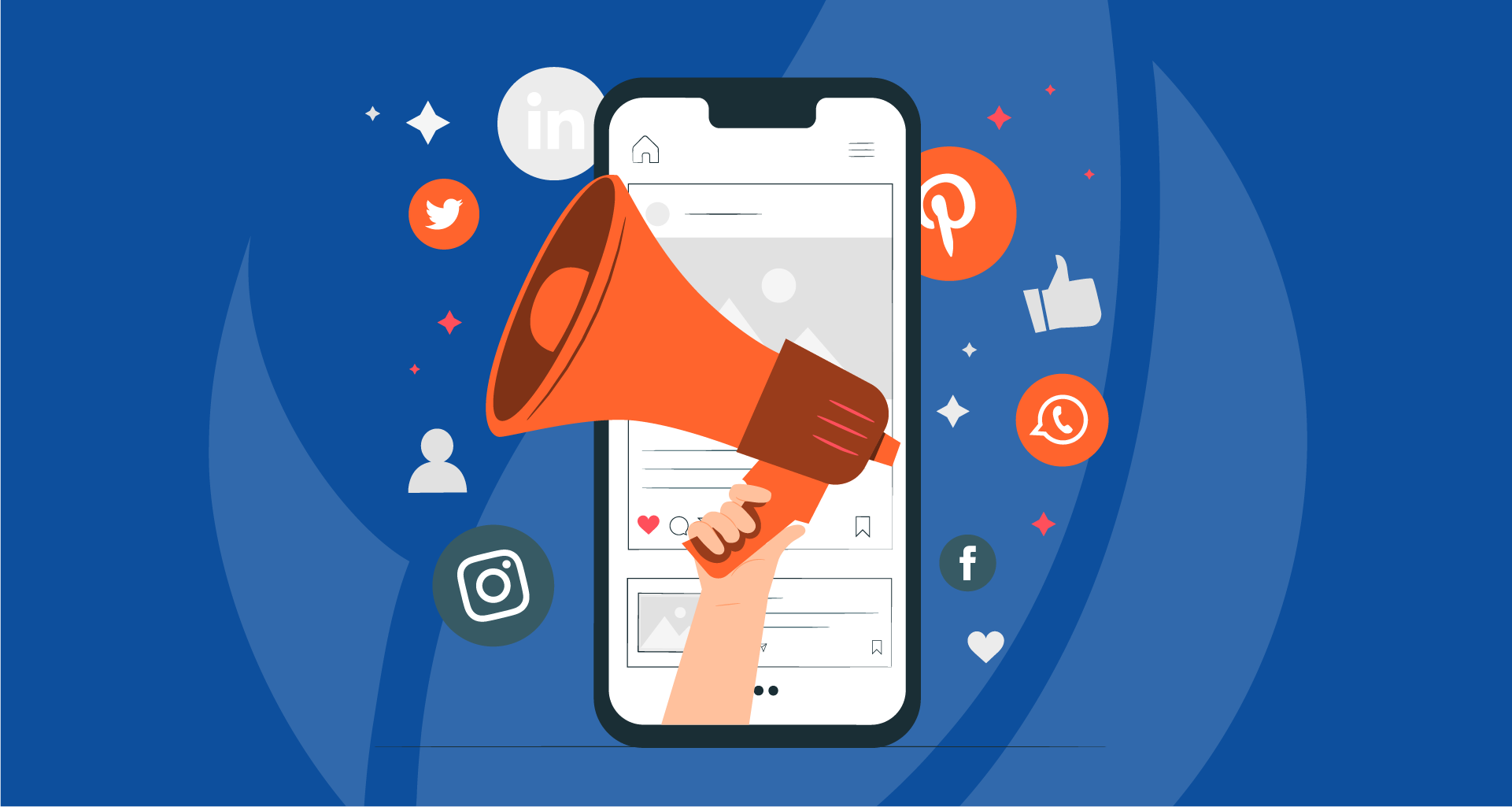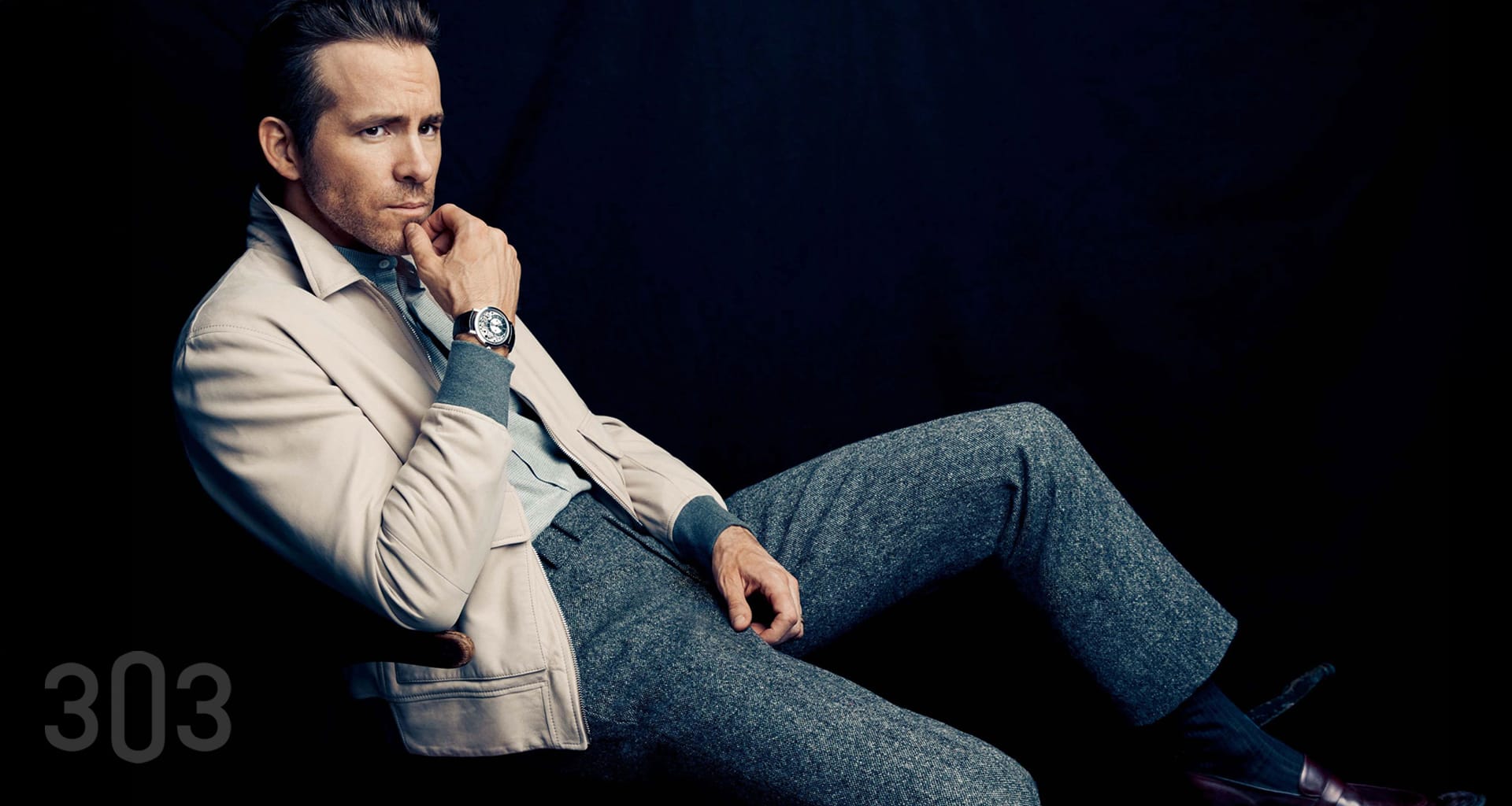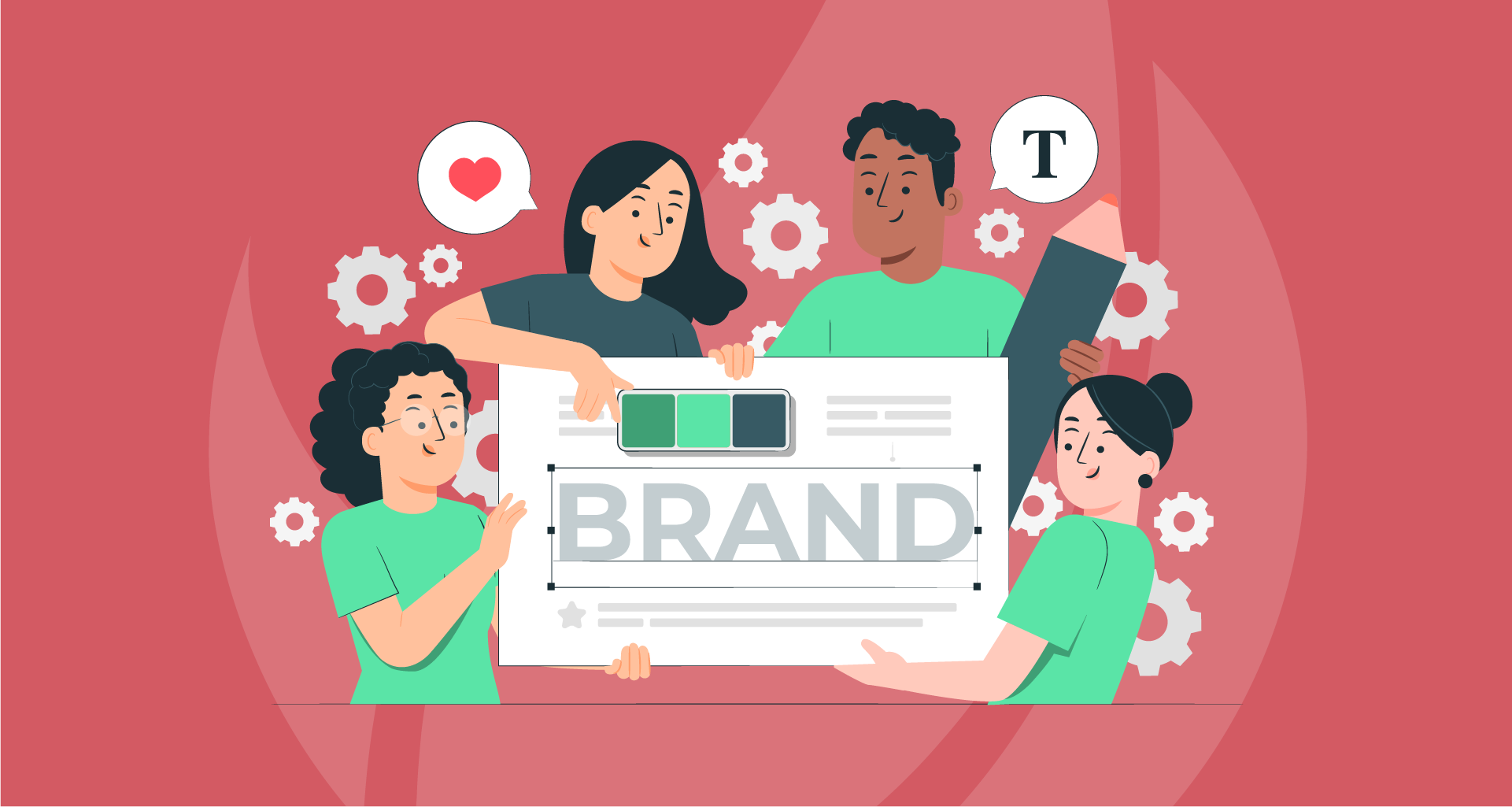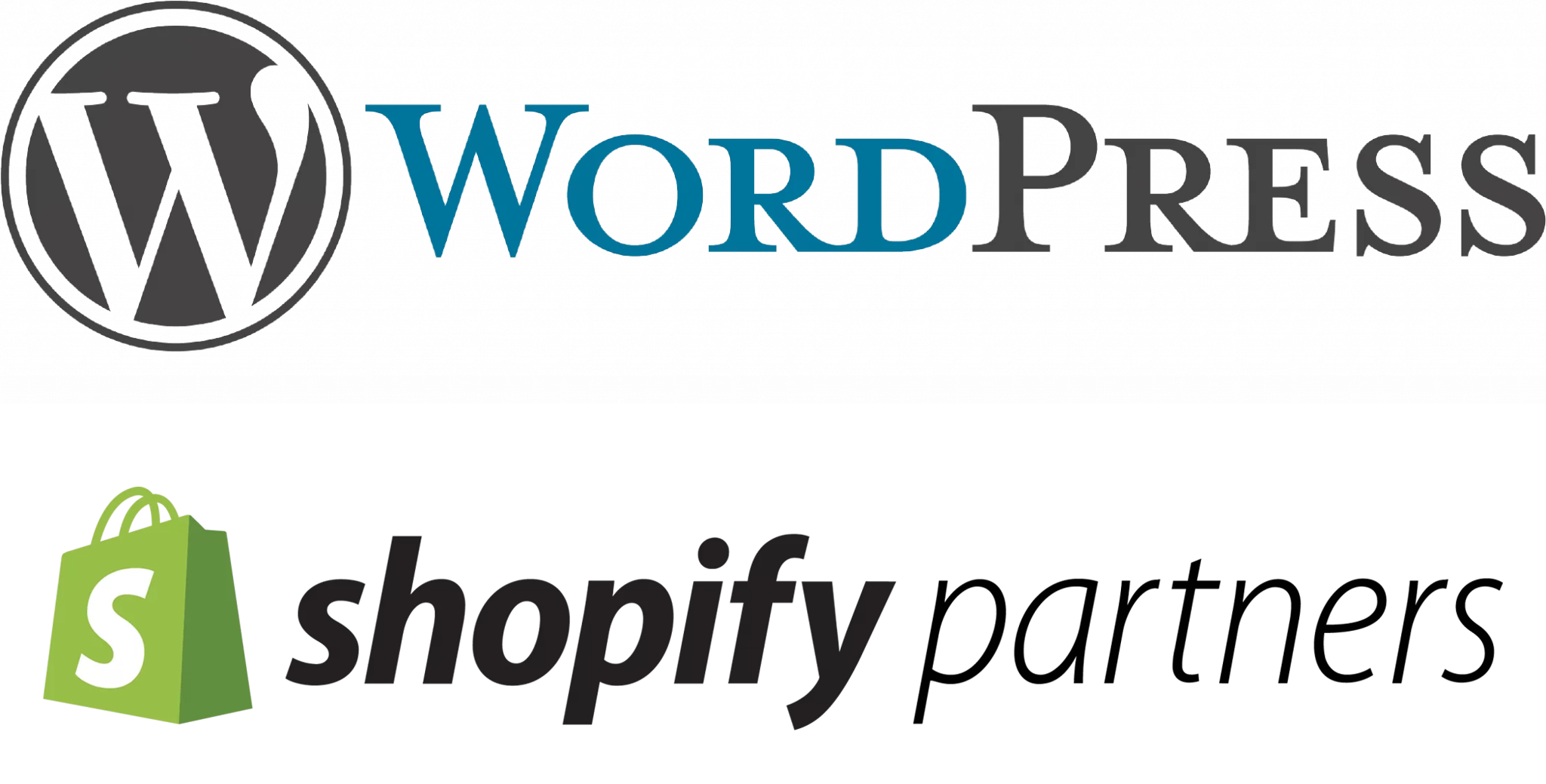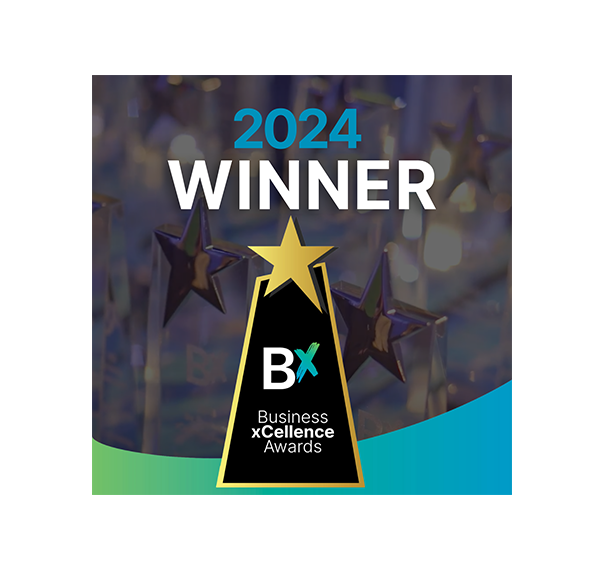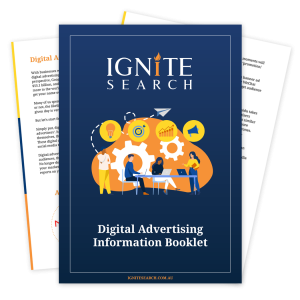Perth’s Leading Digital Advertising Agency
With 4.7 billion active users worldwide on the Internet, digital advertising matters as it is a $9.5 billion market experiencing powerful growth in a COVID-adapted world.
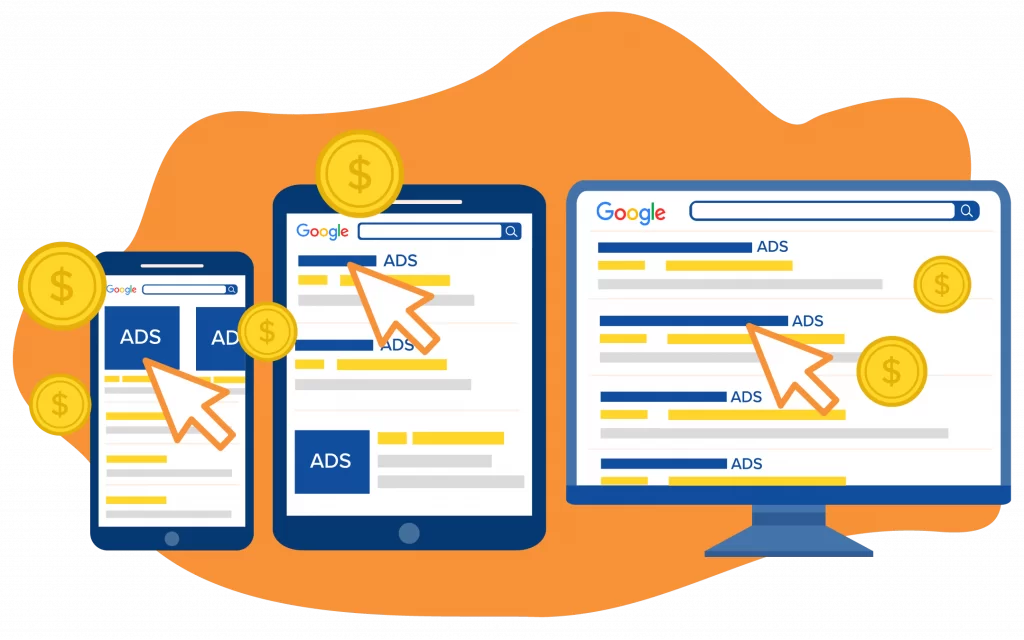
Our Digital Advertising Services
Digital advertising refers to online promotional content paid for by advertisers. It provides multiple opportunities for businesses to promote themselves effectively and cost-efficiently online.
6 ways digital advertising benefits your business
The Internet has become more deeply embedded in people’s daily lives as COVID restrictions drive more people to connect, work, destress, and play online. There are ample opportunities to get your business noticed by more people, and convert web traffic to increase brand awareness, leads, sales, and advocates through digital advertising.
Trends include a 17% growth in Internet use via mobile every year for the last 10 years (in 2021 that’s 155 minutes a day); and now 90% of global Internet users are active on social media platforms. There are many ways your business could benefit from digital advertising.

#1 High ROI
Aim for 13x higher ROI than traditional ads.
For every $100 spent, digital advertising generates $218 in sales while traditional advertising generates $109. Very cost effective.

#2 More eyeballs
Reach more people who are more likely to buy.
You can tap into a high volume of users on popular platforms, and micro-specify multiple relevant targets to maximise conversion.
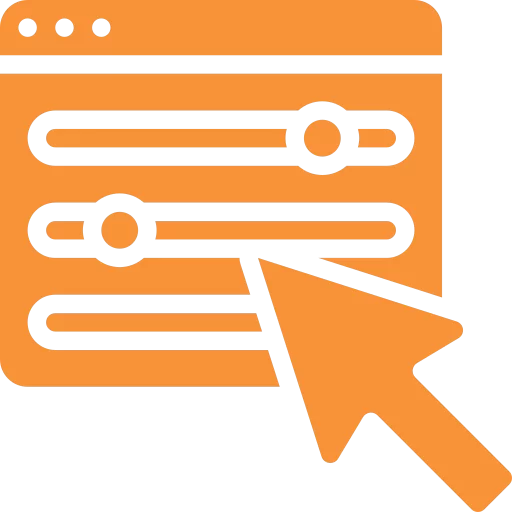
3 Better control
Control ad exposure and cost with more precision.
Ads can be precisely tailored to run when and where they best suit your business goals and budget, to complement organic search.

#4 Measurable results
Know how effective your campaigns are.
With rich data capture from platforms and campaigns, you can get deep knowledge of what, when and how target audiences are responding.

#5 Higher adaptability
Respond better to what people want and need.
Trackable campaigns provide vital feedback that lets you adjust campaigns quickly to give people more of what they want and need.
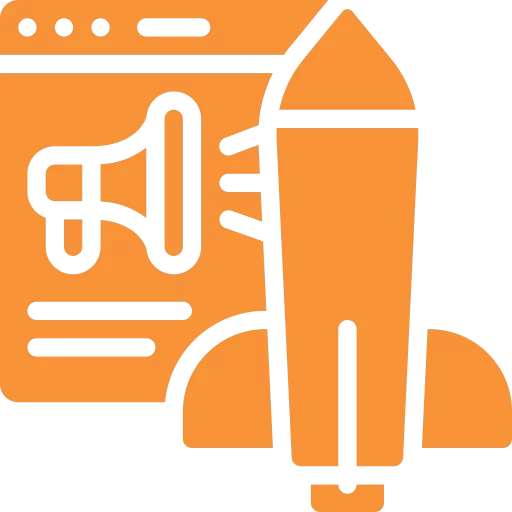
#6 Level playing field
No limits: Any business size or location
Even small businesses can compete effectively with big ones if your online advertising is effectively set up and responsively managed.
Overview of digital advertising landscape
Here are some broad brushstrokes of major channels and formats in the digital advertising landscape in 2021, in Australia and globally.
What works best in digital advertising? When the advertiser leverages expertise to customise strategies that fulfil unique business goals.
A – Digital advertising channels
The seven main digital advertising channels are social media, search, video, mobile, in-app advertising, e-commerce, and programmatic advertising.
In Australia, 80% of digital advertising runs on Google, Facebook and YouTube. Picking the best channel comes from matching your ideal customers (also called buyer personas) with users or subgroups of users on that channel.
1 – Social media advertising
What is it? This is advertising channeled through popular social media platforms, which are used by people who want to socialise and connect with others online based on shared interests and agendas, create content to express themselves, share content with their networks, and publicise events held online and offline. The advertising can either interrupt user consumption of content on the platform, or blend into the default user experience.
What’s the opportunity? Australia is estimated to have the 5th largest social media advertising market in the world, projected to grow by 44% between 2020 and 2024 to US$2.7 billion. Globally, there are 4.14 billion active social media users, with 2 million more joining every day. Features, updated figures, and trends can change quickly in the dynamic social media advertising world. To explore hot advertising opportunities and strategies, please contact Ignite Search.
2 – Search advertising
What is it? Search advertising refers to paid ads that are displayed above organic search results for particular words or phrases. Commanding more than 92% global market share in Australia, Google has an integrated suite of search engines that allow searches by text to conjure up search results in other formats including image, voice, video, shopping items, location, language, and more, on websites, emails and mobile apps. While Google is the world’s largest search engine with text-based results, YouTube (which is owned by Google) is the second largest with video-based results.
What’s the opportunity? Google’s digital advertising platform Google Ads enables advertisers to post search and seven other types of ad campaigns in a variety of engaging formats across a network of over 2 million websites which reaches 90% of Internet users worldwide. If you’ve noticed ads on websites or apps you are using, chances are they were served through Google Ads.
Search advertising is an exciting and effective form of digital advertising:
- Search ads influence 9 out of 10 buying decisions.
- Search ads make it easier for 3 out of 4 to find information.
- 2 out of 3 people like online shopping better than offline shopping.
- 1 in 2 people have bought something after seeing a digital ad
- 1 in 2 people cannot tell the difference between an organic search result and a paid search ad.
3 – Video advertising
What is it? Video advertising is the latest digital form of the legacy of television commercials. As technology advancements bring fast processing speeds and capacities, it becomes easier for more people to produce, publish, distribute and consume larger volumes of higher quality videos.
What’s the opportunity? There is a consistent double-digit growth in this form of marketing in Australia, with a 27% average growth every day since 2016 (revenue from video advertising is just under $2 million in 2020, and forecast to double by 2024). The most common online activity among Australians is watching online videos (88% of users do this).
4- Mobile advertising
What is it? Mobile ads are any messages that are paid to appear on your mobile device. They can come through various formats, like texts/SMS messages, pop-up ads inside a game, or different types of ads that appear when you are browsing web pages or social media platforms.
What’s the opportunity? In Q2 2020, global mobile ad spend was 71% higher than in the same quarter last year, and 8% higher than the quarter before (Q1 2020). By the end of In Australia, the number of people using smartphones is expected to increase steadily from 18.6 million in 2017 to 21.5 million by 2025, and mobile advertising is expected to grow 20% every year from $3.1 million in 2017 to $6.6 million in 2022.
5 – In-app advertising
What is it? These are ads placed within mobile applications. You may have agreed to view ads for the privilege of using a desired mobile app for free. An example is the ads that pop up when you’re playing a game or watching a video through an app on your mobile. Cookies enable pinpoint precision in user targeting and tracking.
What’s the opportunity? The mobile apps market has exploded with increased downloads of health, entertainment, fintech, lifestyle, and shopping apps when Covid hit Australia in March 2020. In Australia and New Zealand, there was over $5 billion in ad spend in 2020.
6 – e-Commerce advertising
What is it? eCommerce advertising refers to ads that feature products for sale in online shops. Market leader Google serves them up as search results that entice website and app users to go shopping. Google launched shopping ads in 2012 as one of eight types of campaigns offered through Google Ads.
What’s the opportunity? Globally, e-commerce has been growing at an average of 19% a year since 2014 to US$4.5 trillion in 2021, and it is estimated that up to 24 million online shops exist today, with more constantly being created. Shopping ads yield high ROIs on ad spend, and make up 60% of paid clicks for retailers advertising through Google Ads. eCommerce advertising is a low cost, high reach, targetable and trackable advertising strategy for retailers compared to brick-and-mortar shops, and provides online convenience to augment onsite shopping experiences.
7 – Programmatic advertising
What is it? The automatic buying and selling of online advertising (mainly display and video ads), in a Real Time Bidding (RTB) ecosystem, across all mobile and desktop devices. The key types of programmatic advertising are open auctions, private exchanges, preferred deals, and programmatic guaranteed deals. This variant of online advertising is vendor/platform neutral unlike Google and Facebook ads which are vendor/platform-specific; this provides advertisers more flexibility to craft effective campaigns.
What’s the opportunity? Programmatic ads reach 98% of the Internet, including the 10% of websites not indexed by Google. In Australia, its importance is increasing, averaging a 22% increase in digital adspend every year, from $0.8 billion in 2017 to $2.4 billion in 2021. Its real-time reporting frequency is a huge advantage for campaign managers, compared to the lag time of several hours on Google, and even longer on other channels. Like Google Ads, Programmatic ads have meticulous targeting and retargeting options. The best performing Google ads can be moved to Programmatic ads.
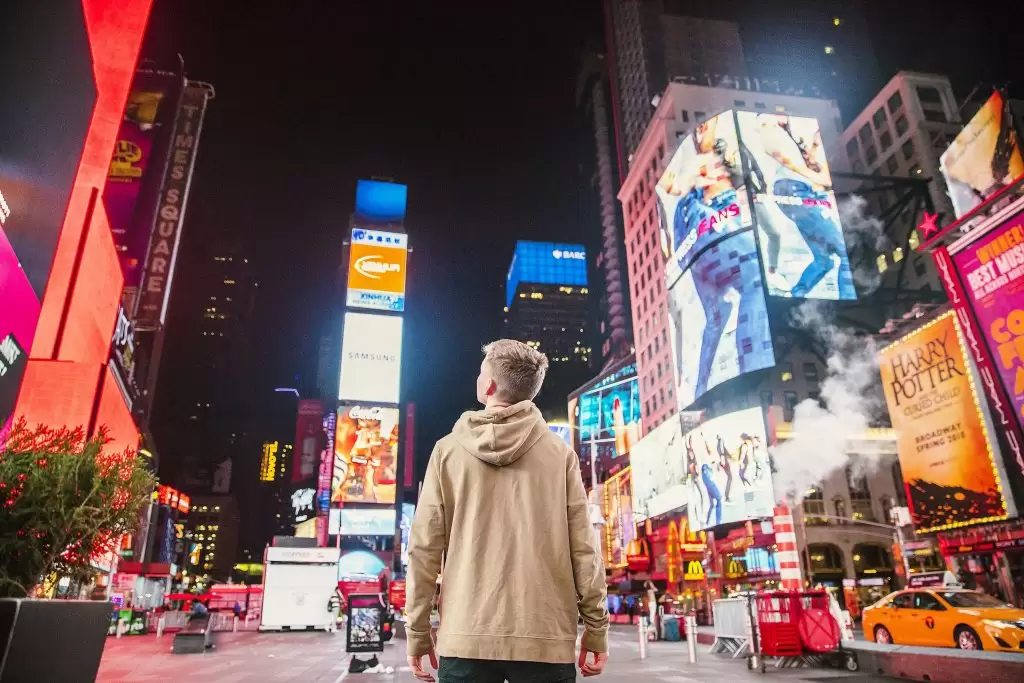
B – Digital advertising formats
‘Format’ refers to the way something is arranged, and there is a wide range of formats in digital advertising. There are two main categories of ad formats – display and native. Their promotional intent and the way users experience them can be greatly different. Display ads tend to be obvious and may not be trusted, while native ads are subtle and more likely to be taken in without the reader feeling the resistance of being ‘sold to’.
1 – Display ads
What is it? Contrasted with text-only paper-based ads from the early days of advertising, the main type of digital advertising today is the visually graphical display ad, which comes in various formats from text and images to audio and video, and can be published on various channels and platforms, as part of different digital promotion strategies using different techniques.
What’s the opportunity? Display ads can appear on any relevant digital advertising channel or platform, be optimised for viewing on mobile devices, and be used to fulfil various business goals. Each platform (like Facebook, Google, or LinkedIn) has their own classification of display ad formats for advertisers to pick from. Display ads can employ different techniques like remarketing, personalisation, contextualisation, and site-specification.
As digital advertising evolves with increasing creativity and technology knowhow, display ads are joined by native ads, an emerging and versatile format of digital advertising. While display ads are the most popular type of paid digital advertising at present, native ads are posting the fastest quarterly growth and already made up 36% of digital ad spend in Australia in 2020.
2 – Native ads
What is it? Native ads are paid promotional content that look and function like the content on the web page or app they appear on. Formats of native ads include non-interactive text, images, audio, video, advertorials, and sponsored articles; as well as interactive quizzes, self-discovery tests, and online calculators. Like jungle camouflage, native ads blend in with the content of the website, platform or app they appear on, so that readers may not even realise they are seeing or interacting with paid advertising with a promotional intent. Each digital platform has their own forms of native ads.
What’s the opportunity? People are 53% more likely to look at native ads than display ads. Consumers are more likely to trust and click on native ads as its softer trust-based approach can get 5 to 10 times more click throughs than more aggressive display ads. Research suggests native ads are 62% easier to understand than display ads, perhaps because they tend to be more user centric than advertiser centric. Native ads tend to be trusted more than display ads.
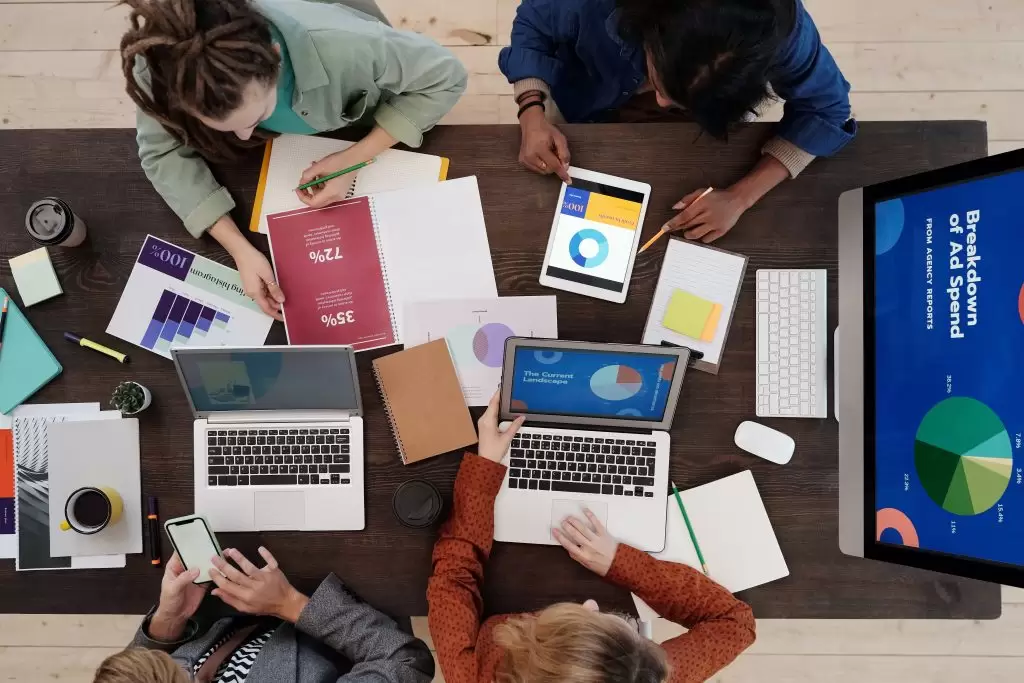
What is digital advertising?
Digital advertising refers to a business paying a popular online platform like Google, Facebook. or YouTube, so that it could promote itself to the users of that platform or its network. In essence, digital advertising refers to paid forms of online promotion like Google Ads in contrast with unpaid forms, or digital marketing, like SEO.
A key digital advertising strategy is to base the ad content and chosen channel on the desired behaviour you want to achieve from the target user at various stages of the buyer journey.
Stage A – Awareness
Desired behaviour. Notices your business exists.
Persuasion techniques. Colour and non-verbal psychology, visual appeal and focus, message repetition.
Stage B – Interest
Desired behaviour. Pays attention to your business and what it provides.
Persuasion techniques. Remarketing, storytelling, freebies, emotional appeal, first-person point of view, self-qualifying quiz, self-discovery test, behind the scenes, anthropomorphism, symbolism, interactivity and artificial reality.
Stage C – Consideration
Desired behaviour. Gathers information that feeds decisions to buy or not to buy from your business.
Persuasion techniques. Influencer endorsements, social proof, online calculator, fear of missing out (FOMO), comparison charts.
Stage D – Purchase
Desired behaviour. Buys from your business.
Persuasion techniques. Gift with purchase, time-limited sale, discounts.
Stage E – Advocacy
Desired behaviour. Tells others about how good your business is as a provider.
Persuasion techniques. Loyalty program, affiliate program.
Highlights: Digital advertising portfolio
EZ Foodies
Results. $13,000 in sales over two weeks.
Challenge. Fluctuating COVID restrictions affect the volume of visitors and sales at their retail shop.
Advertising solution. Release a native display ad with professional design and copywriting in the form of a personal post by the business owner on Malaysian Food Lovers Sydney foodie group on Facebook with 15,000 members. The ad announces a localised two-week promotion for the discounted bulk purchase of Australian-caught toothfish (which is a banquet delicacy highly prized by Asian diners) with delivery to addresses throughout New South Wales.
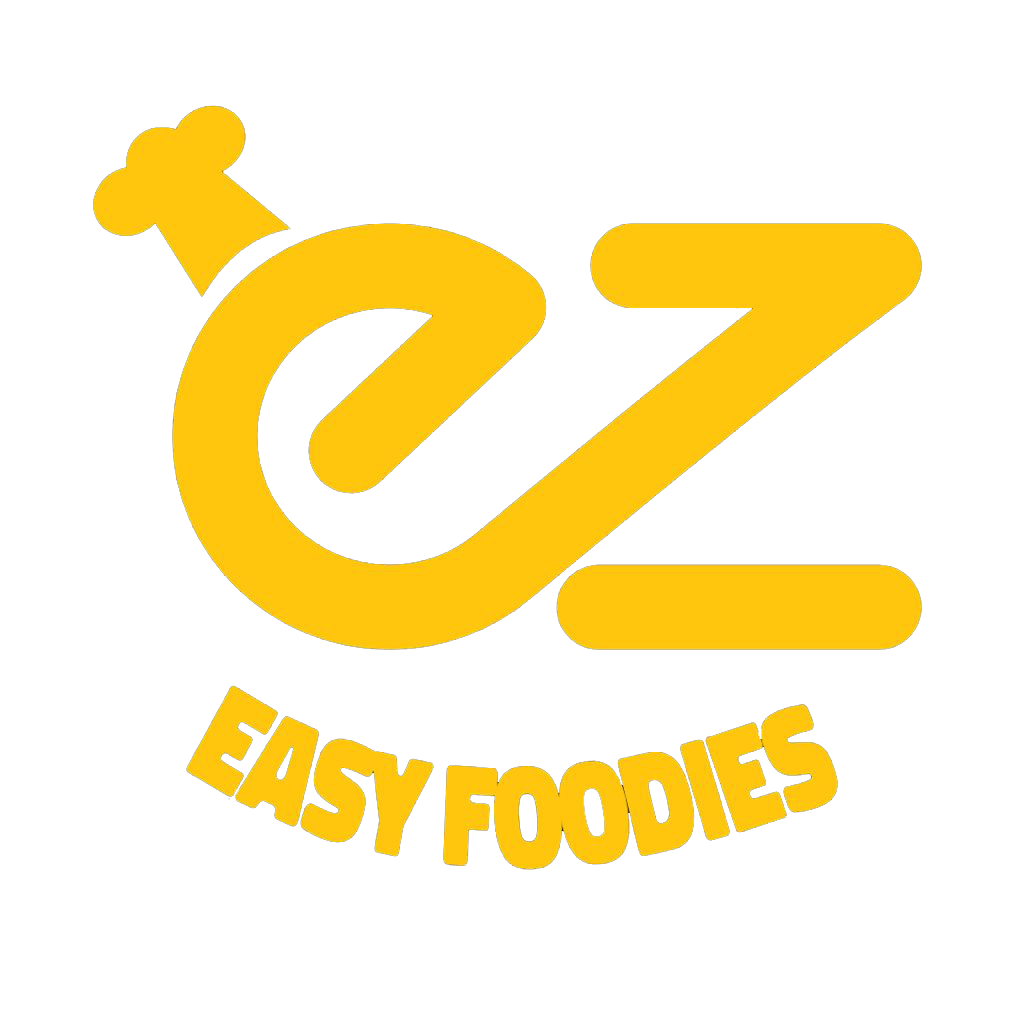
FAQs – Digital Advertising
What are some digital advertising techniques that work?
Here are some examples of persuasive digital advertising techniques for each stage of the buyer journey. For the best results, include expert digital advertising input in the planning phase and tailor each campaign to meet specific business goals.
What’s different about display ads vs native advertising?
Display ads are the most obvious form of digital advertising—ads that look like ads, and feel like interruptions to users of the platform they are published on. Types of display ads include branded banners, pop-ups, video ads, or images. The platforms are chosen for their massive volume of users (potential customers), from which relevant subgroups are targeted that are more likely to convert to notice, need, want, and buy what the advertising business is promoting.
Native ads are less obvious—they are ads that do not look like ads. Native advertising does not feel like interruptions to the user’s usual platform experience. Types of native ads include infeed/incontent native, content recommendation, and branded/native content22. Examples are ‘sponsored posts’ on your Facebook newsfeed; ‘recommended products’ when you are viewing a product in an online shop, or ‘related stories’ that appear when you are reading an article on a media website; and whole articles or advertorials paid for by advertisers to provide generic value on a topic while recommending the advertiser in a subtle way.
Users may not realize they are clicking on paid advertising content until they are redirected to the new website, or read about a recommended brand or service right at the end of an informative article.
What are banner ads?
Banner advertisements are a type of display ad that are small, rectangular, and appear at the top, bottom, or side of a webpage. These ads rely on images and animation to convey their message. The types of banner ads are static, animated GIF, and Flash ads. While the ultimate goal of these ads is to attract user attention in order to drive traffic back to the brand’s website to start progress along the buyer funnel, research suggests that they work at both early and late phases of the funnel—even when not consciously recalled, banner ads have a measurable impact creating favourable impressions on people exposed to them.
What are interactive ads?
Interactive ads use videos, audio, GIFs, quizzes, calculators, and other rich media elements to attract attention, entertain, inform, influence, and persuade. These dynamic ads invite active engagement beyond static viewing. Interactive ads provide lots of incentives for users to stay with them longer, thus boosting opportunities for brand awareness, clockthroughs, leads, social sharing, and sales.
Interactive ads are usually subtle native ads.They convert so well, sometimes users enjoy or value them so much they are not aware or concerned that they are being sold to. For example, 96% of users complete a Buzzfeed quiz after starting one, and one in two marketers consider online calculators most effective in the Consideration stage of the buying process.
What is remarketing?
What happens when a potential customer visits your website but leaves without buying anything? Are they lost forever? Not at all!
Remarketing involves retargeting these users and redirecting them back to your website. With the help of browser cookies, businesses can temporarily track user activity and visits, then show them relevant ads to entice them to revisit your website. For example, five minutes after you search for leather jackets and browse related pages, a whole bunch of similar content appears in remarketing ads scattered on the pages you visit in the next few hours.
Is digital advertising just for sales?
No! They are effective not only at the end of the buyer journey, but at all earlier stages of the buyer funnel: to increase brand awareness, generate web traffic and leads, and convert leads to prospects, customers and advocates.

“We have had Ignite Search manage our Digital Marketing needs for a few years now, an essential task in a digital world.
Their enthusiasm and knowledge of their industry is proven by the results of their work.”
Kerryn Berger
Spraytech

Recent Blog Posts
Get in Touch
Free Quote & Consultation
We’re here to listen. Tell us your vision. Share the challenges you face. Together, let’s discover ideas and explore actionable plans to achieve your business goals. Let us be your ally—to open up new avenues of impact and success!
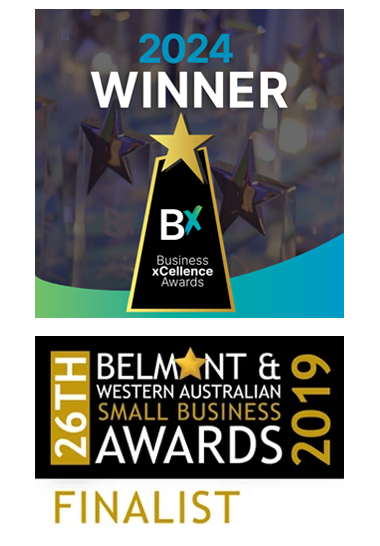

Request a Quote





